Microscopically Dissected
Elliptical Excision
Formerly known as F.U.T.
Hair Transplant Surgery Has Evolved Over Time
With the dawn of innovative microscopes designed just for hair transplant surgery, physicians had direct visualization of the follicular units and could see them in their naturally occurring groupings of 1 to 4 hairs. And that has made all the difference in the world! At this point, hair transplant surgery in which microscopes are used to sliver the donor tissue and graft dissection became known as Microscopically Dissected Elliptical Excision (MDEE). In its literal meaning, this term referred to Strip Harvesting Surgery or more commonly known as FUT hair transplant. This procedure involves removing a strip of skin tissue from the donor zone, placed under a microscope, and the follicular units are separated into their naturally occurring groupings.
Today, surgical techniques have evolved even further with the development of Follicular Unit Excision and Extraction (FUE), allowing surgeons to harvest individual grafts one at a time. Thus, replacing the minimal linear scar from strip surgery with small, microscopic pinpoint scars throughout the donor site. With this new graft harvesting option, it became necessary to redefine MDEE to be the overarching term for both types of microscopic follicular unit hair transplant techniques. Moving forward, hair restoration procedures performed with strip harvest are called MDEE, and those that are harvested one follicular unit at a time are called Follicular Unit Extraction FUE.
There are 2 types of MDEE procedures performed at Ziering Medical:
Microscopically Dissected Elliptical Excision (MDEE) and Follicular Unit Excision and Extraction (FUE). The most significant difference between these 2 hair transplant techniques is how the donor hair is harvested, and the type of minimal scar that remains behind: MDEE presents with a thin linear scar and FUE with tiny, pinpoint scars.
The 4 Steps of MDEE Hair Transplant Surgery

STEP ONE: Donor Hair Harvesting
First, the donor zone is identified and prepared for harvesting. There are two basic methods of harvesting your donor hair:
- Microscopically Dissected Elliptical Excision (MDEE): A strip of tissue (donor strip) is removed from the donor area and dissected into follicular units of 1 to 4 hairs using the Ziering Scope.
- Follicular Unit Excision and Extraction (FUE): is the method of obtaining donor hair one graft at a time in its natural follicular unit grouping. These grafts are also examined and prepped for placement under the microscope.
All donor hair harvesting is performed by a Ziering surgeon.
For this step, Dr. Ziering and his team use the Ziering Scope – the microscope he invented specifically for microscopic follicular unit grafting and hair transplantation. Follicular Units are the naturally occurring groups of 1 to 4 hairs that grow from your scalp. The Ziering Scope allows our team to see follicular units in better detail, and the result is more precise preparation and better preservation of donor hair. This is crucial when preparing hairs for transplantation.
STEP TWO: Microscopic Dissection of the Hair Grafts
STEP Three: Creation of the Recipient Sites
Next, your hair transplant surgeon will create follicle recipient sites which are microscopic holes made at the exact angle, direction and orientation, according to your detailed hair transplant plan. This is where artistry is critical and what separates average from excellent results. Read more about Ziering Artistry here.
Finally, the follicular unit grafts are transplanted into the balding and thinning areas of your scalp by a surgical technician who places each graft carefully and meticulously into its recipient site. And best of all, surgical hair restoration is an outpatient procedure performed under local anesthesia, so you can go home when it’s done.
STEP four: Placement of the Hair Grafts
Real Results
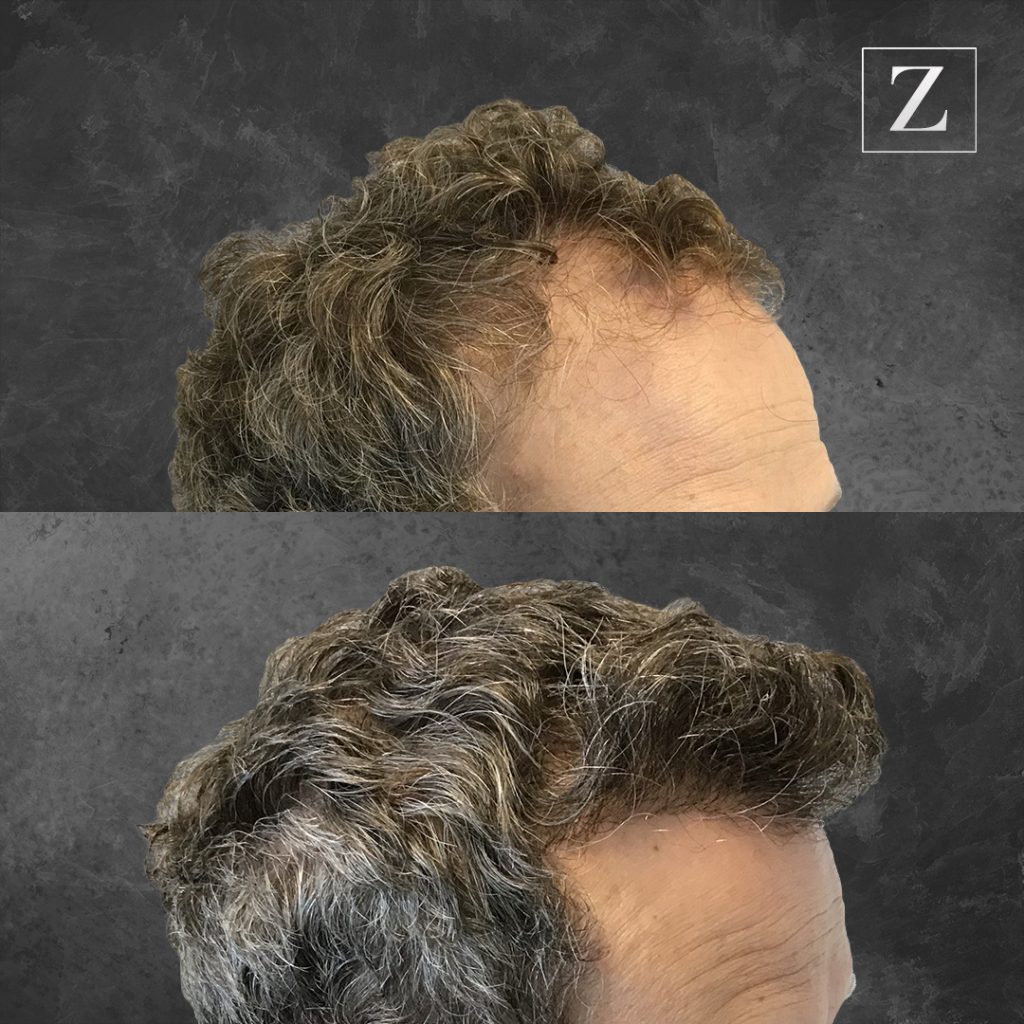
3,200 Follicular Units, 1 FUT Hair Transplants, Showing Pre-Op Photos and 12 Months Post-Op
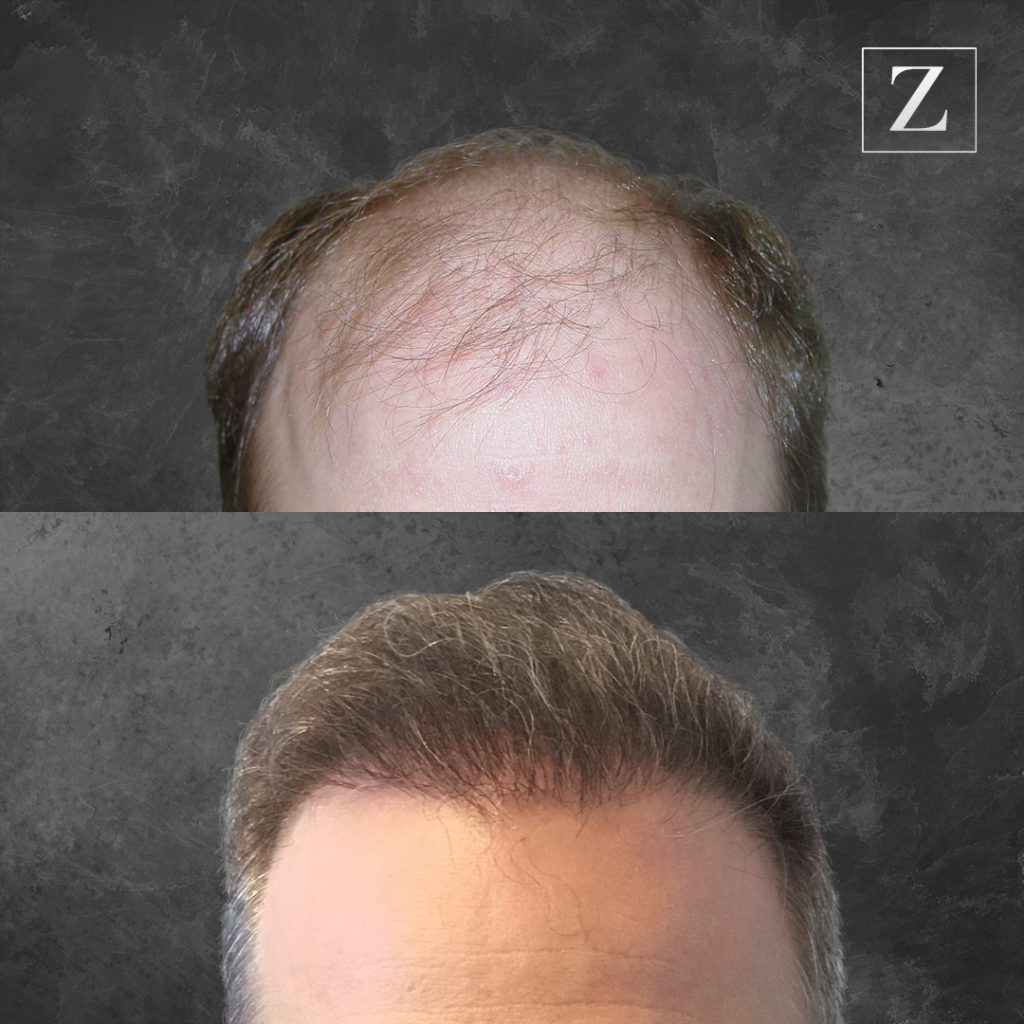
6,300 Follicular Units, 2 FUT Hair Transplants, Showing Pre-Op Photos and 12 Months Post-Op
MDEE
Hair Transplant surgery
Two Hair Transplant Procedures, One Year Post-Op
7,068 Follicular Units / Graphs
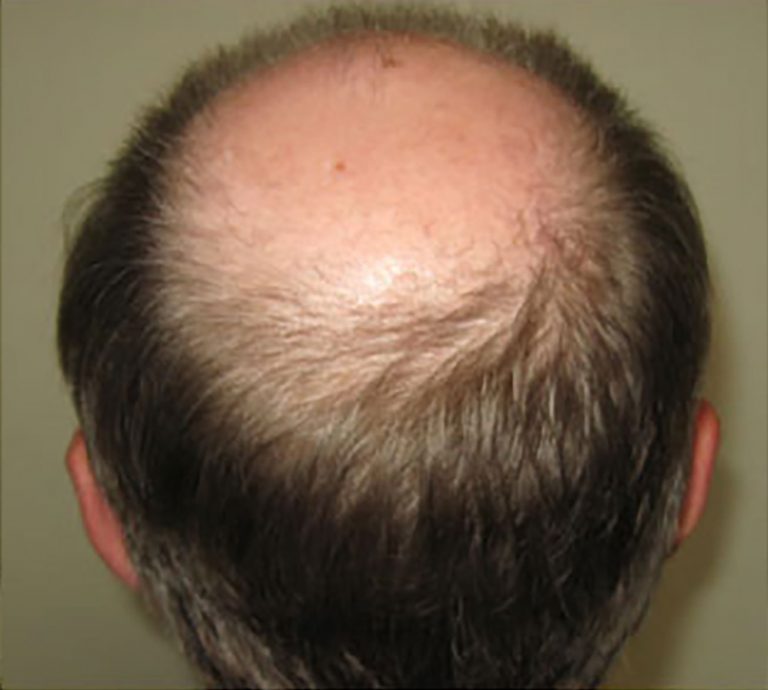 BEFORE
BEFORE
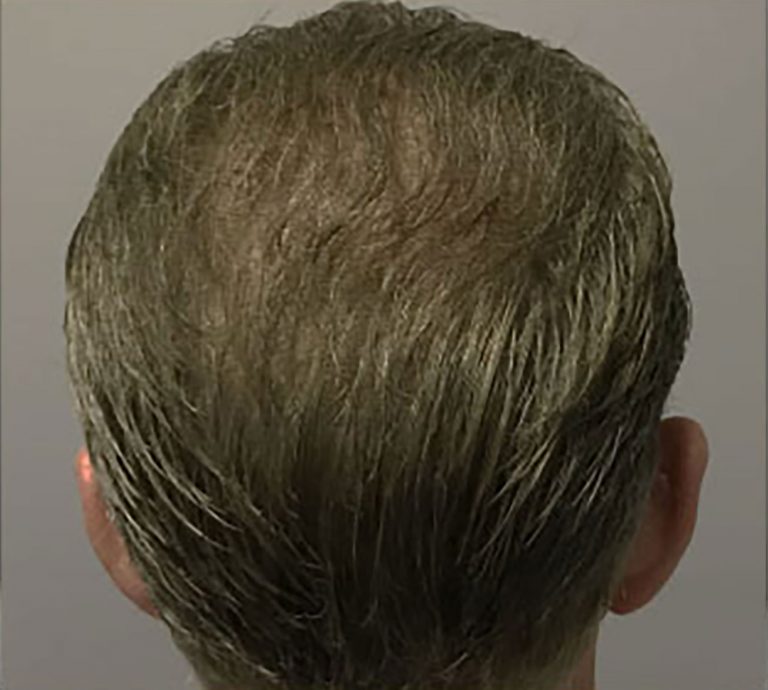 AFTER
AFTER
Zane Hijazi
Hair Transplant Surgery
Top celebrities, musicians, athletes and internet influencers trust their hair transformations to Ziering Medical. Watch Zane Hijazi’s full story to see what it’s like to work with the top hair transplant artist in the world.
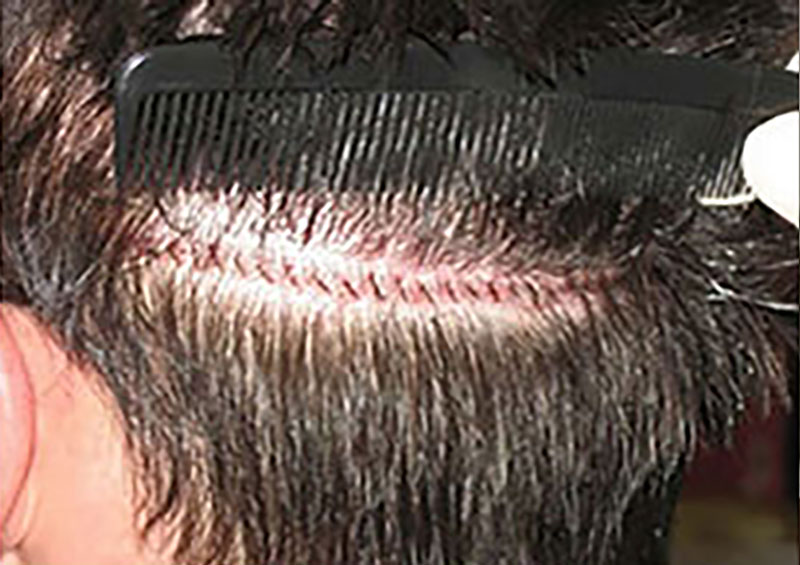
Suture line immediate post op
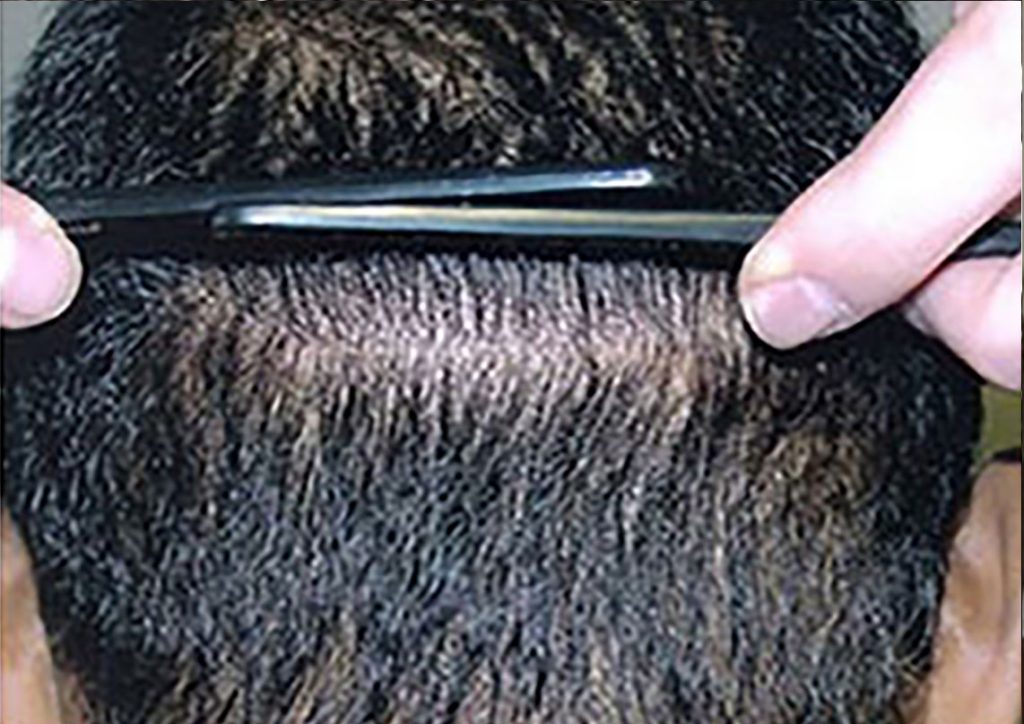
Suture line 11 months post op
Follicular Unit Transplantation (FUT)
Follicular Unit Transplantation (FUT) is performed using local anaesthetic. A thin strip of donor hair is harvested from the donor area which is the region of hair on the back of the head. This hair is genetically programmed not to fall out. These hairs are permanent.The donor strip is then placed under the Ziering Scope which is a microscope specifically designed for hair restoration surgery.
The Benefits of MDEE (Microscopically Dissected Elliptical Excision)
One of the main benefits of MDEE over FUE is that large numbers of follicular units can be transplanted in one session. To date, MDEE is unarguably the most efficient way to harvest a large number of grafts in a short period of time. The greatest number of units transferred during an FUE treatment is about 2,000, whereas an MDEE surgery may yield double the hair harvest. Further, with MDEE procedures, more of the harvest is taken from the “sweet spot,” which has the highest number of follicular units and the best quality of hair. Follicular Unit Strip Surgery remains a popular choice for many patients.
The MDEE method allows for “super sessions,” where up to 4,000 or more follicular units are transferred in one surgery, depending on the patient’s donor hair density and extent of hair loss in the recipient area. For patients who are looking to achieve the most dramatic aesthetic change in one procedure, an MDEE procedure is the most economical option. MDEE is also the recommended surgical hair restoration technique for women and is more ideal for patients who can’t commit to multiple surgery dates.
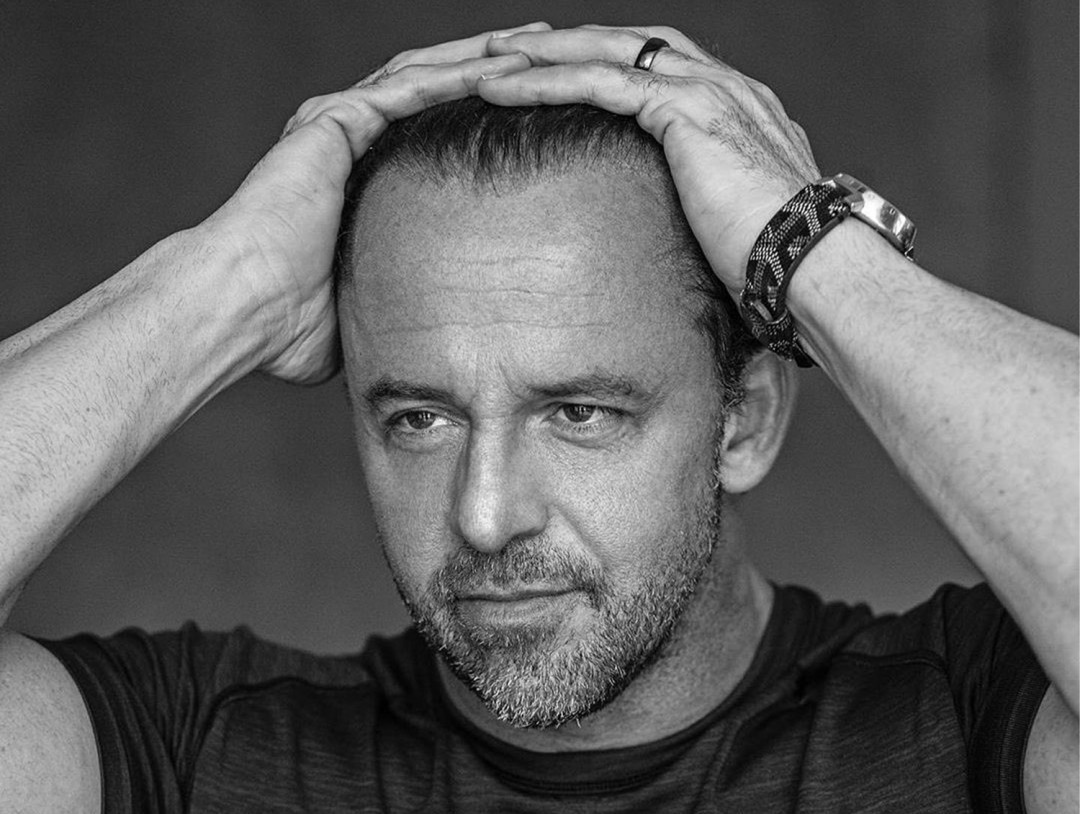
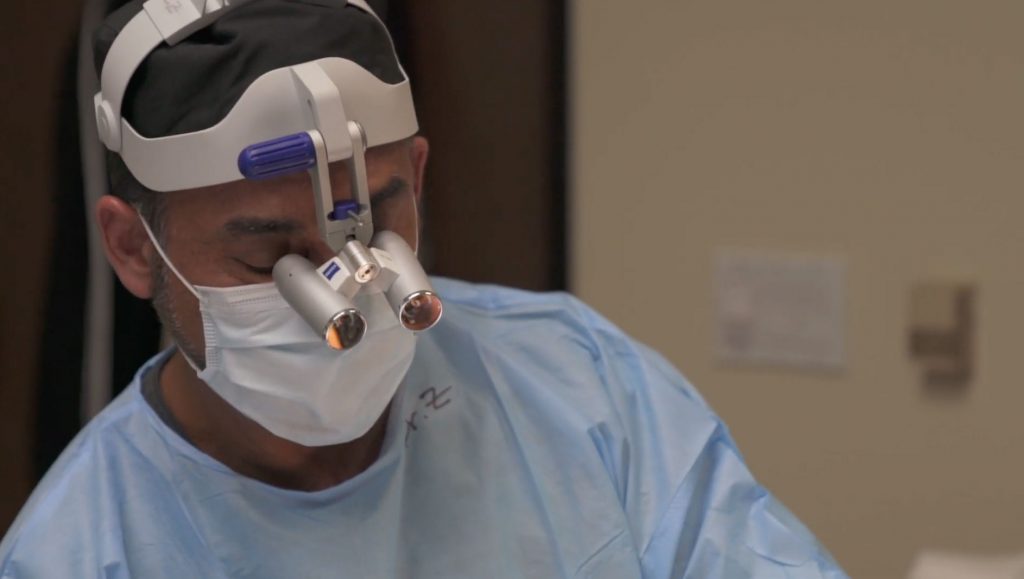
Ziering Hair Transplant Artistry
As hair restoration technology continues to advance, the difference between a good outcome and a great outcome relies increasingly on your surgeon’s experience, skill, and artistry. A procedure may be deemed clinically “successful” by simply moving the hair from one location to another, but true aesthetic success can only be achieved through artistic mastery and surgical skill to minimize the donor scar. This is how Dr. Ziering and his team of elite surgeons have distinguished themselves and shown that their skills and artistry rank among the best of the best.
READY FOR THE NEXT CHAPTER OF YOUR LIFE?
"*" indicates required fields







